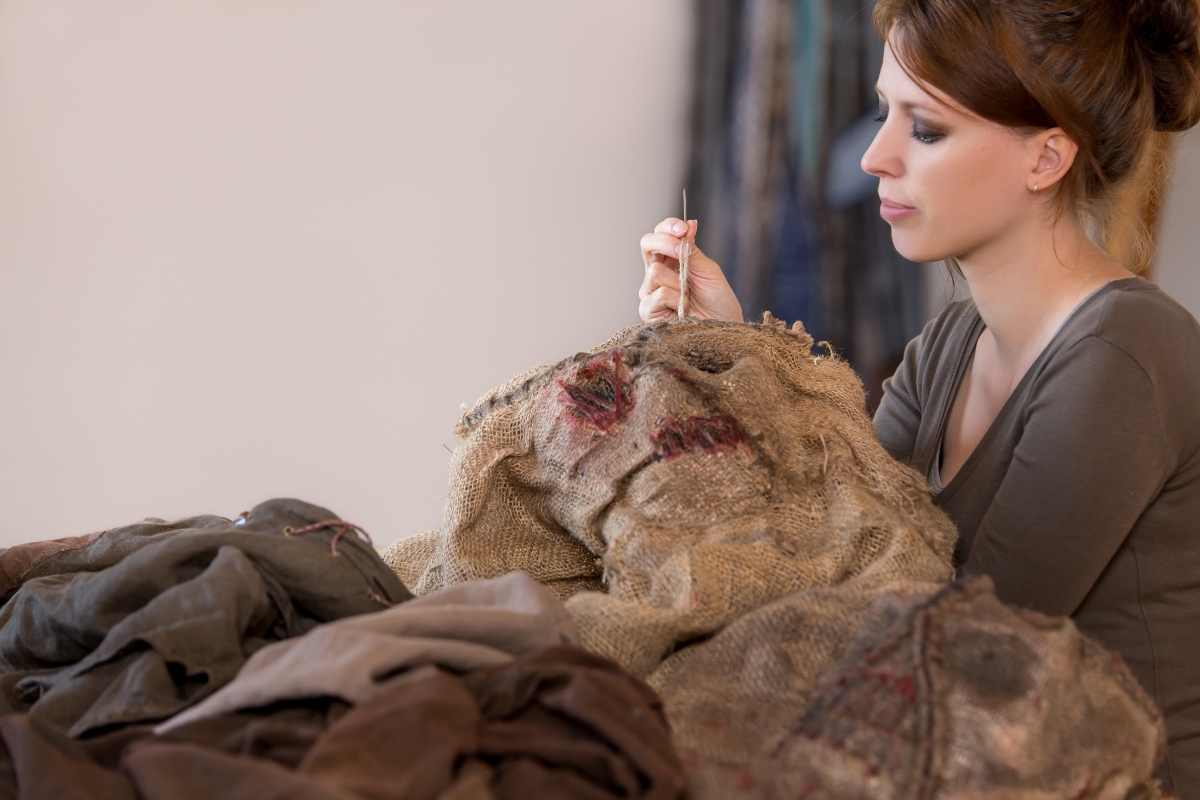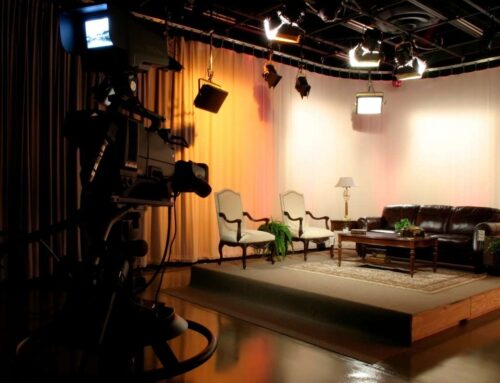Theatre is a magical world where stories come to life, and this magic is created with the help of an array of objects or ‘props’. Props, short for ‘properties’, are all the items used in a performance that are neither part of the set nor worn by an actor. They can be as small as a notebook or as large as a fountain. The process of making stage props is an intricate and meticulous art form that requires a multitude of skills.
This guide will delve into the fascinating journey of theatre props, from conception to stage.

Entering the World of Prop Making
If the world of prop making entices you, acquiring specialisations in areas like cabinet making, metalwork, or upholstery can be a good start. The field also offers specialised courses in prop making. Aspirants should exhibit enthusiasm, a keen eye for detail and a willingness to learn.
Initiating the Journey: Sourcing Props for a Show
Each theatrical production has a Prop Supervisor, a critical link between the designer and the prop makers. They initiate the journey of prop creation by meeting the designer and exploring the model box — a 1:25 scale model of the set and major props.
Detailed discussions follow regarding the props’ durability, materials, usage, storage, and interaction with the actors. The Prop Supervisor then begins the process of sourcing the props, reusing items from the Prop Store, buying items like furniture for adaptation, or creating new ones as required.
Crafting Magic: Making Stage Props
The creation of most props begins on a computer, with a detailed model being created for the prop makers to work from. Using a variety of materials like wood, metal and plastics, they bring the designs to life. There’s also a team dedicated to creating ‘soft’ props, such as upholstery, cushions and curtains, as well as paper items.
Prop makers often specialise in specific areas, but they generally possess a variety of skills, including:
- Carving & Sculpting
- Plastic moulding
- Cabinet-making
- Metalwork
- Soldering
- Embroidery
- Upholstery
- Casting
After a prop is made or adapted, it moves to the Paint Shop for painting and effects before being transported to the theatre for technical rehearsals before the show’s opening.
Embracing Technology: 3D Printing in Prop Making
A fascinating aspect of making stage props is the use of new technologies like 3D printing. For instance, some of Shakespeare’s plays require severed heads modelled on the actor playing the role. Previously, this required an uncomfortable and time-consuming process of plaster castings. Now, all the actor needs to do is sit for photos for 10 minutes. The photos are used to create a computer model of the head, which is then printed out using a 3D printer.
Ensuring Perfection: Preparing for the Show
The work of the Prop Team continues even after the props have left the workshop. The Prop Supervisor and members of the team are present throughout the technical rehearsals and the show’s early ‘preview’ performances. They ensure that all props are functioning correctly and adhere to the overall stage design.
The props are then handed over to the show running team. They ensure that all props are in the correct place for the actors who need them — whether it be in the dressing rooms, the back dock, the sides of the stage or even around the auditorium.
Maintenance is a crucial part of making stage props, and it continues throughout the run of the show. The team works alongside the prop makers in the scenic workshops, repairing and replacing props when required.
The Cycle Continues: After the Show
Once the show concludes, the props are returned to the Prop Store. Here, they await their moment to shine again in future productions. The props can also be hired out for productions, film shoots, events or anywhere else they might be needed.
The journey of making stage props is a fascinating one, filled with creativity, craftsmanship and attention to detail. It’s a unique art form that breathes life into the magical world of theatre.





